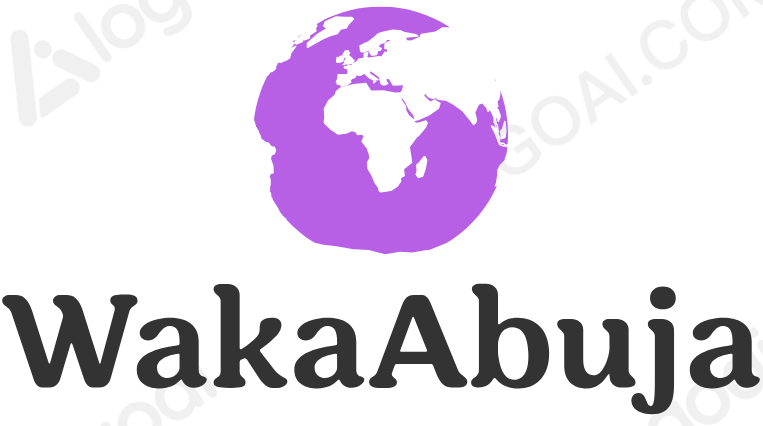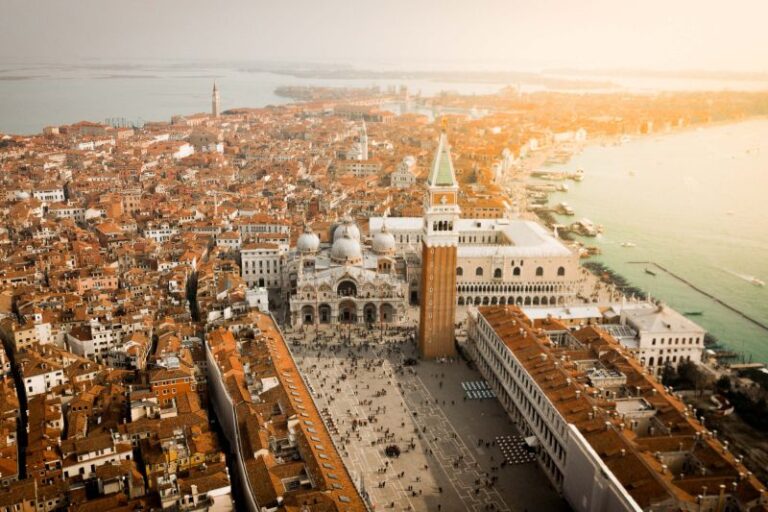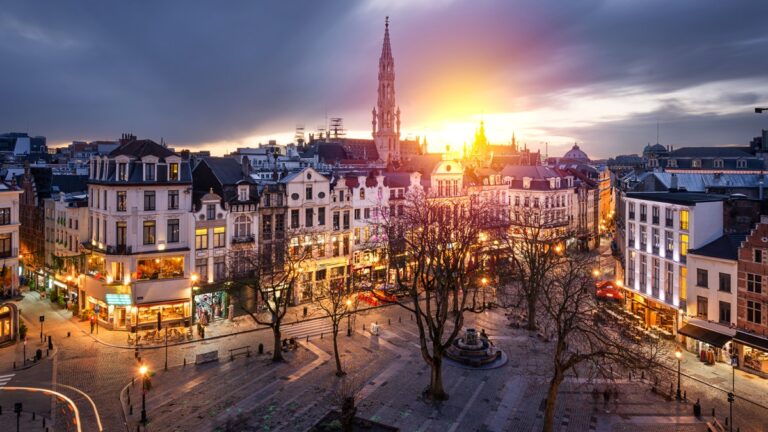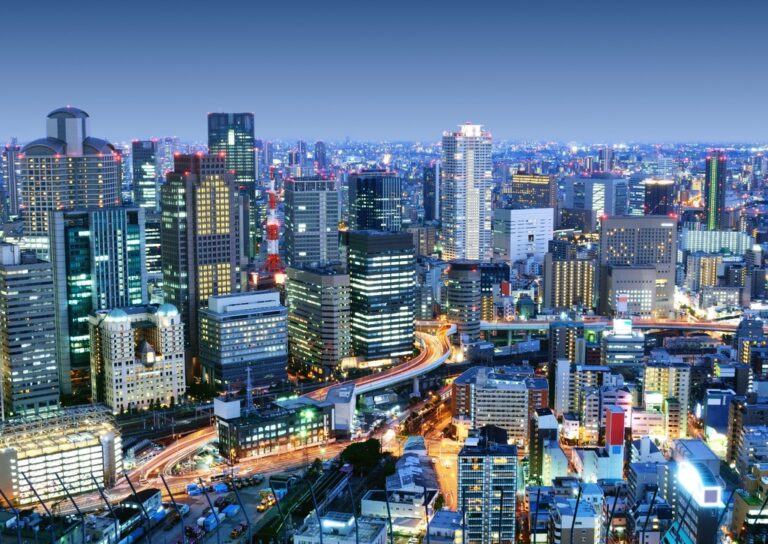This Iceland Travel Guide will help you discover the magic of this land of fire and ice
It is no secret that Iceland, often referred to as the “Land of Fire and Ice,” is a land of natural wonders, vibrant culture, and unique experiences. This Nordic paradise attracts adventurers, nature lovers, and those seeking tranquility with its towering glaciers and active volcanoes. Here you’ll find everything you need to know to make the most of your trip to Iceland, including the top things to see and do there, practical travel tips, and budget recommendations.
Key Takeaways
- The Golden Circle is a must-see for iconic landmarks.
- The Blue Lagoon offers a unique relaxation experience.
- Witnessing the Northern Lights is a highlight of any winter trip.
- Iceland can be explored on a budget with planning and smart choices.
- Renting a car gives you the freedom to explore at your own pace.
Top 5 Things to See and Do in Iceland
1. Explore the Golden Circle
The Golden Circle is a must-visit for any first-time traveler to Iceland. This scenic route encompasses some of the country’s most famous landmarks:
- Þingvellir National Park: A UNESCO World Heritage site, this park is where the North American and Eurasian tectonic plates meet. You can walk between the plates, explore the stunning landscapes, and learn about Iceland’s history as the site of the world’s first parliament.
- Geysir Geothermal Area: Home to the famous Strokkur geyser, which erupts every few minutes, shooting hot water up to 30 meters (98 feet) into the air. The vibrant colors and bubbling mud pools make this a photographer’s paradise.
- Gullfoss Waterfall: One of Iceland’s most iconic waterfalls, Gullfoss cascades in two stages, creating a stunning sight. The roar of the water and the mist rising from the falls create an unforgettable atmosphere.
Personal Insight:
Driving the Golden Circle was one of the highlights of my trip. I remember standing at Gullfoss, feeling the cool mist on my face, and marveling at the sheer power of nature. It’s a perfect day trip, easily accessible from Reykjavik.
2. Experience the Blue Lagoon
No trip to Iceland is complete without a visit to the Blue Lagoon. This geothermal spa, known for its milky blue waters rich in minerals, offers a unique relaxation experience.
- Entry Fee: Prices vary depending on the time of year, but expect to pay around ISK 6,990 to ISK 11,990 ($50-$85 USD) for entry. Reservations are highly recommended.
- Amenities: Enjoy steam rooms, a sauna, and an in-water bar serving drinks. You can also indulge in spa treatments, such as massages and facials, using the lagoon’s famous silica mud.
Tip:
Arrive early in the morning or late in the evening for a more tranquil experience, and don’t forget to book your tickets online to secure your spot!
3. Discover the Northern Lights
Witnessing the Northern Lights (Aurora Borealis) is a bucket-list experience for many travelers. The best time to see this natural wonder is from September to April, with peak activity in winter months.
- Where to Go: Head to remote areas away from city lights, such as Þingvellir National Park or Reykjavik itself. Many tour operators offer Northern Lights excursions, often combined with other activities.
- Cost: Expect to pay around ISK 8,000 to ISK 15,000 ($60-$110 USD) for a guided tour, which typically includes transportation and warm drinks.
Personal Experience:
I still remember the thrill of seeing the Northern Lights dance across the night sky. It was a surreal moment, standing under a blanket of stars, feeling small yet connected to the universe. Bring warm clothing, as temperatures can drop significantly at night!
4. Hike on a Glacier
Iceland’s glaciers are awe-inspiring, and taking a hike on one is an exhilarating adventure. Sólheimajökull Glacier and Vatnajökull National Park are two popular spots for glacier hiking.
- Guided Tours: Most glacier hikes are guided for safety reasons. Tours typically last 2-4 hours, and prices range from ISK 14,000 to ISK 20,000 ($100-$145 USD).
- Gear Provided: Don’t worry if you’re not equipped; tour operators provide necessary gear, including crampons and ice axes.
Tip:
Book your tour in advance and check the weather conditions. Glacier hiking is generally safe, but it’s crucial to follow your guide’s instructions and stay in designated areas.
5. Visit the Snæfellsnes Peninsula
Often referred to as “Iceland in Miniature,” the Snæfellsnes Peninsula showcases a variety of Iceland’s landscapes within a single area.
- Key Attractions:
- Kirkjufell Mountain: One of the most photographed mountains in Iceland, especially with the nearby Kirkjufellsfoss waterfall.
- Snæfellsjökull National Park: Home to a glacier-capped volcano and dramatic cliffs, perfect for hiking and exploring diverse ecosystems.
- Driving Tip: The peninsula is about a 2-hour drive from Reykjavik, making it a great day trip option.
Personal Anecdote:
On my trip to Snæfellsnes, I was lucky enough to catch a glimpse of a family of seals lounging on the rocks. The stunning landscapes combined with the wildlife made it a day to remember!
Other Things to See and Do in Iceland
1. Reykjavik City Exploration
Reykjavik, the capital city, is vibrant and full of life. Some highlights include:
- Hallgrímskirkja Church: This iconic landmark offers panoramic views of the city from its tower. Entry to the tower costs around ISK 1,000 ($7 USD).
- Harpa Concert Hall: An architectural marvel, Harpa hosts various concerts and events. Even if you don’t catch a performance, the building’s design is worth a visit.
- Street Art: Explore the city’s colorful street art, reflecting Reykjavik’s creative spirit. Guided tours are available for those wanting to dive deeper into the local art scene.
2. Visit Natural Hot Springs
In addition to the Blue Lagoon, Iceland boasts numerous natural hot springs:
- Secret Lagoon: Located in Flúðir, this lesser-known hot spring offers a more rustic experience. Entry costs around ISK 3,000 ($22 USD).
- Mývatn Nature Baths: Located in North Iceland, these baths provide stunning views and are less crowded than the Blue Lagoon.
3. Explore the South Coast
The South Coast of Iceland is home to stunning waterfalls, black sand beaches, and dramatic cliffs. Don’t miss:
- Seljalandsfoss and Skógafoss: Two of Iceland’s most famous waterfalls, each offering unique views and hiking opportunities.
- Reynisfjara Black Sand Beach: Known for its basalt columns and striking sea stacks, this beach is both beautiful and formidable.
4. Take a Whale Watching Tour
Iceland is one of the best places in the world for whale watching. Tours typically leave from Reykjavik or Akureyri and vary in price from ISK 10,000 to ISK 15,000 ($75-$110 USD).
- Best Time: The peak season for whale watching is from May to September, with various species, including humpback whales and orcas.
How to Stay Safe in Iceland
While Iceland is generally safe, there are some tips to keep in mind:
1. Weather Preparedness
Iceland’s weather can be unpredictable. Always check the forecast before heading out and dress in layers. Wind and rain can come suddenly, so waterproof gear is essential.
2. Respect Nature
Iceland’s landscapes are fragile. Stick to marked paths to protect the environment and avoid causing erosion or damaging vegetation.
3. Driving Safety
If you’re renting a car, be cautious, especially in winter. Roads can be icy, and weather conditions can change rapidly. Always check road conditions on Road.is before setting out.
Iceland Travel Costs
1. Accommodation
Accommodation prices can vary widely depending on the type and season.
- Hostels: Starting from ISK 3,500 to ISK 8,000 ($25-$60 USD) per night.
- Mid-Range Hotels: Ranging from ISK 15,000 to ISK 25,000 ($110-$180 USD) per night.
- Luxury Hotels: Expect to pay upwards of ISK 30,000 ($220 USD) per night.
2. Food
Dining out in Iceland can be expensive, but options vary:
- Budget: Fast food or convenience stores can cost around ISK 1,500 to ISK 2,500 ($10-$18 USD) for a meal.
- Mid-Range Restaurants: Expect to pay around ISK 3,500 to ISK 7,500 ($25-$55 USD) for a main course.
- Fine Dining: High-end restaurants can charge ISK 10,000 or more ($75 USD) for a meal.
3. Suggested Budgets
Here’s a rough idea of daily budgets for different traveler types:
- Budget Traveler: ISK 10,000 – 15,000 ($75-$110 USD) per day (hostels, cooking meals, free attractions).
- Mid-Range Traveler: ISK 20,000 – 35,000 ($150-$260 USD) per day (mid-range accommodation, dining out, some tours).
- Luxury Traveler: ISK 50,000+ ($370+ USD) per day (luxury accommodation, fine dining, guided tours).
Iceland Travel Guide: Money-Saving Tips
Traveling in Iceland can be pricey, but here are some tips to help you save money:
- Cook Your Meals: Grocery stores like Bónus and Krónan offer affordable options. Cooking your meals can significantly reduce costs.
- Use Public Transport: Instead of renting a car, consider using buses or guided tours to get around. It’s often more economical and you can relax during the journey.
- Free Attractions: Many of Iceland’s natural wonders, like waterfalls and beaches, are free to visit. Take advantage of these beautiful sites!
- Travel Off-Peak: If your schedule allows, consider visiting during the shoulder seasons (late spring or early autumn) for better prices and fewer crowds.
How to Get Around in Iceland
1. Renting a Car
Renting a car is one of the best ways to explore Iceland, giving you the freedom to travel at your own pace. Here are some tips:
- Rental Prices: Prices typically start at around ISK 7,000 ($50 USD) per day, depending on the vehicle and season.
- Driving Rules: Familiarize yourself with Icelandic driving laws, such as speed limits and off-road restrictions.
2. Public Transport
While public transport options exist, they are limited outside of Reykjavik:
- Buses: The Strætó bus system operates in Reykjavik and connects to some towns. Fares start at ISK 490 ($3.50 USD).
- Tours: Many travelers opt for organized tours to popular destinations, which often include transportation.
When to Go to Iceland
The best time to visit Iceland depends on what you want to experience:
- Summer (June to August): The days are long, with up to 24 hours of daylight. Great for hiking and exploring. However, it’s also the busiest tourist season.
- Winter (December to February): Ideal for viewing the Northern Lights and experiencing winter activities like glacier hiking and ice caving. The days are short, with limited daylight.
- Shoulder Seasons (September to November & March to May): These months offer a good balance between fewer crowds and decent weather, making them ideal for budget-conscious travelers.
Iceland Travel Guide: The Best Booking Resources
1. Flights
- Skyscanner and Kayak are excellent resources for finding the best flight deals to Iceland.
2. Accommodation
- Booking.com and Airbnb offer a variety of accommodation options, from hotels to unique stays.
3. Tours and Activities
- GetYourGuide and Viator are great for booking tours, activities, and experiences in Iceland.
4. Transportation
- For car rentals, consider Rentalcars.com or Blue Car Rental for competitive pricing and good service.
5. Travel Insurance
- World Nomads and InsureMyTrip offer travel insurance options tailored for adventurous travelers.
FAQs
- What is the best time to visit Iceland?
- The best time depends on your interests: summer for long days and hiking, winter for Northern Lights and snow activities, and shoulder seasons for fewer crowds.
- Is Iceland safe for travelers?
- Yes, Iceland is considered one of the safest countries for travelers, though it’s essential to be prepared for changing weather conditions.
- How expensive is food in Iceland?
- Food can be expensive, with meals at restaurants ranging from ISK 3,500 to ISK 10,000 ($25-$75 USD). Cooking your meals can help save money.
- Can I see the Northern Lights in summer?
- No, the Northern Lights are typically visible from September to April, when the nights are long and dark.
- What should I pack for my trip to Iceland?
- Pack layers, waterproof clothing, sturdy hiking boots, and a swimsuit for hot springs. Don’t forget your camera to capture the stunning scenery!
Conclusion
There is something for every kind of traveler in Iceland, a land of unparalleled beauty and adventure. A journey to this enchanting island will be filled with unforgettable experiences, from the majestic Golden Circle to the tranquil Blue Lagoon and the mesmerizing Northern Lights.
As you plan your trip, don’t forget to embrace the unexpected, connect with the stunning landscapes, and immerse yourself in Iceland’s rich culture. Using the tips and insights in this guide, you’re well on your way to creating a memorable travel experience. Wishing you safe travels!







